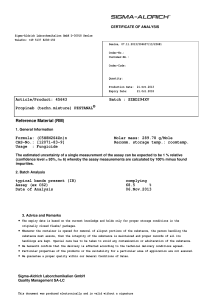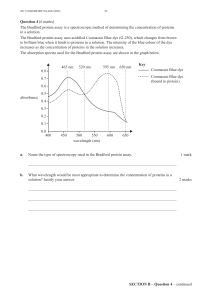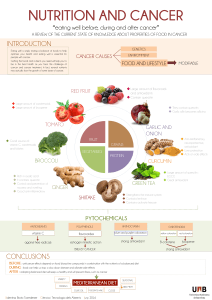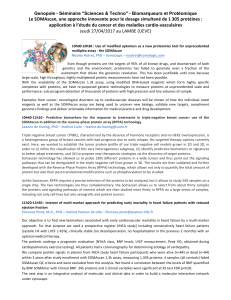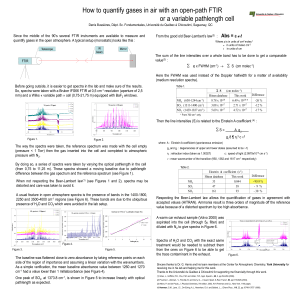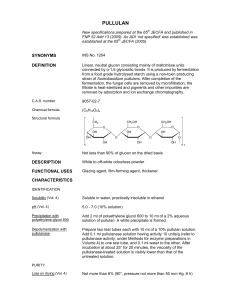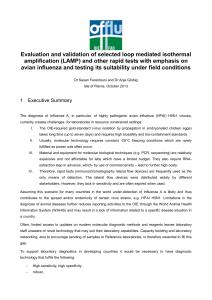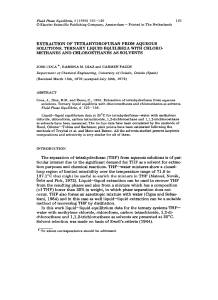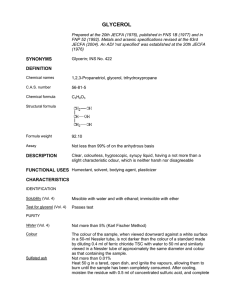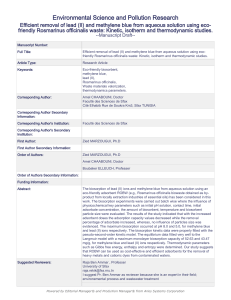Я-CAROTENES, synthetic
publicité
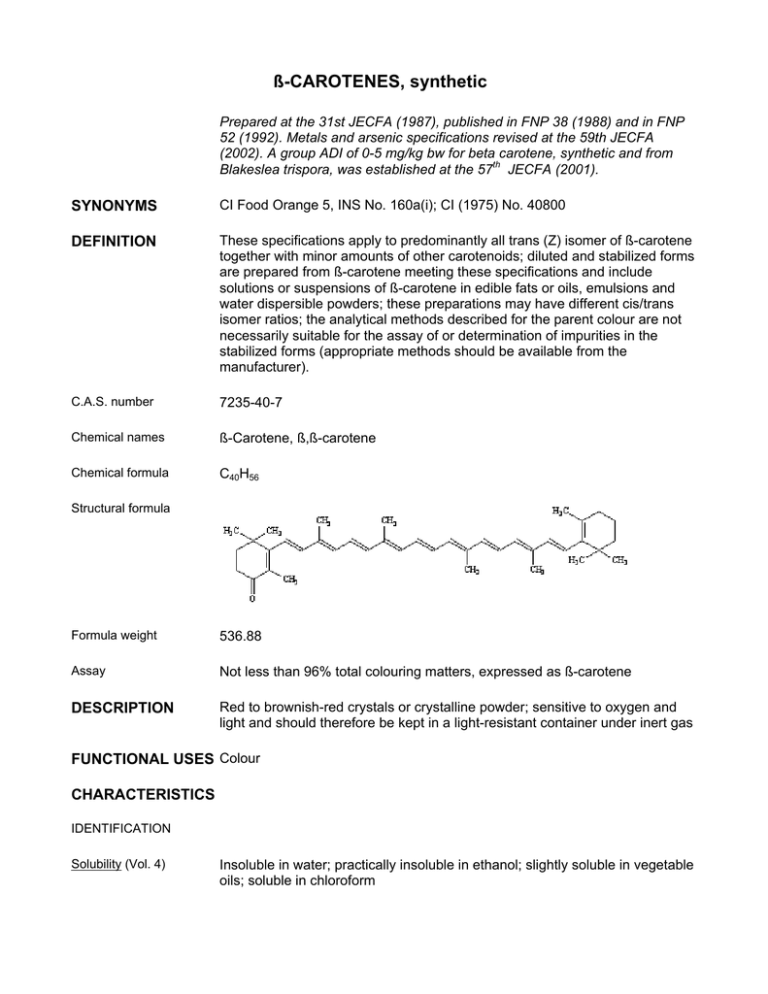
ß-CAROTENES, synthetic Prepared at the 31st JECFA (1987), published in FNP 38 (1988) and in FNP 52 (1992). Metals and arsenic specifications revised at the 59th JECFA (2002). A group ADI of 0-5 mg/kg bw for beta carotene, synthetic and from Blakeslea trispora, was established at the 57th JECFA (2001). SYNONYMS CI Food Orange 5, INS No. 160a(i); CI (1975) No. 40800 DEFINITION These specifications apply to predominantly all trans (Z) isomer of ß-carotene together with minor amounts of other carotenoids; diluted and stabilized forms are prepared from ß-carotene meeting these specifications and include solutions or suspensions of ß-carotene in edible fats or oils, emulsions and water dispersible powders; these preparations may have different cis/trans isomer ratios; the analytical methods described for the parent colour are not necessarily suitable for the assay of or determination of impurities in the stabilized forms (appropriate methods should be available from the manufacturer). C.A.S. number 7235-40-7 Chemical names ß-Carotene, ß,ß-carotene Chemical formula C40H56 Structural formula Formula weight 536.88 Assay Not less than 96% total colouring matters, expressed as ß-carotene DESCRIPTION Red to brownish-red crystals or crystalline powder; sensitive to oxygen and light and should therefore be kept in a light-resistant container under inert gas FUNCTIONAL USES Colour CHARACTERISTICS IDENTIFICATION Solubility (Vol. 4) Insoluble in water; practically insoluble in ethanol; slightly soluble in vegetable oils; soluble in chloroform Spectrophotometry Determine the absorbance of the sample solution C (See Method of Assay) at 455 nm and 483 nm. The ratio A455/A483 is between 1.14 and 1.19. Determine the absorbance of the sample solution C at 455 nm and that of sample Solution B (See Method of Assay) at 340 nm. The ratio A455/A340 is not lower than 15. Test for carotenoid The colour of a solution of the sample in acetone disappears after successive additions of a 5% solution of sodium nitrite and 1 N sulfuric acid. Carr-Price reaction A solution of the sample in chloroform turns blue on addition of an excess of Carr-Price reagent TS PURITY Sulfated ash (Vol. 4) Not more than 0.1% Test 2 g of the sample (Method I) Subsidiary colouring matters Carotenoids other than ß-carotene: Not more than 3% of total colouring matters. See description under TESTS Lead (Vol. 4) Not more than 2 mg/kg Determine using an atomic absorption technique appropriate to the specified level. The selection of sample size and method of sample preparation may be based on the principles of the method described in Volume 4, “Instrumental Methods.” TESTS PURITY TESTS Subsidiary colouring matters Carotenoids other than ß-carotene Dissolve about 80 mg of sample in 100 ml chloroform. Apply 400 µl of this solution as a streak 2 cm from the bottom of a TLC-plate (Silicagel 0.25 mm). Immediately develop the chromatogram with a solvent mixture of 95 parts dichloromethane and 5 parts diethyl ether in a saturated chamber, suitably protected from light, until the solvent front has moved 15 cm above the initial streak. Remove the plate, allow the main part of the solvent to evaporate at room temperature and mark the principal band as well as the bands corresponding to other carotenoids. Remove the silicagel adsorbent that contains the principal band, transfer it to a glass-stoppered 100 ml centrifuge tube and add 40.0 ml chloroform (solution 1). Remove the silicagel adsorbent that contains the combined bands corresponding to the other carotenoids, transfer it to a glass-stoppered, 50 ml centrifuge tube and add 20.0 ml chloroform (solution 2). Shake the centrifuge tubes by mechanical means for 10 min and centrifuge for 5 min. Dilute 10.0 ml of Solution 1 to 50.0 ml with chloroform (solution 3). Determine, with a suitable spectrophotometer, the absorbances of Solutions 2 and 3 in 1-cm cells at the wavelength maximum about 464 nm, using chloroform as blank. Calculation Calculate the percentage of carotenoids other than ß-carotene (%) = where A2 = absorbance of Solution 2 A3 = absorbance of Solution 3 METHOD OF ASSAY Proceed as directed under Total Content by Spectrophotometry in Volume 4 using the following conditions: W = 0,08 g V1 = V2 = V3 = 100 ml v1 = v2 = 5 ml A1%1 cm = 2500 lambdamax = about 455 nm
